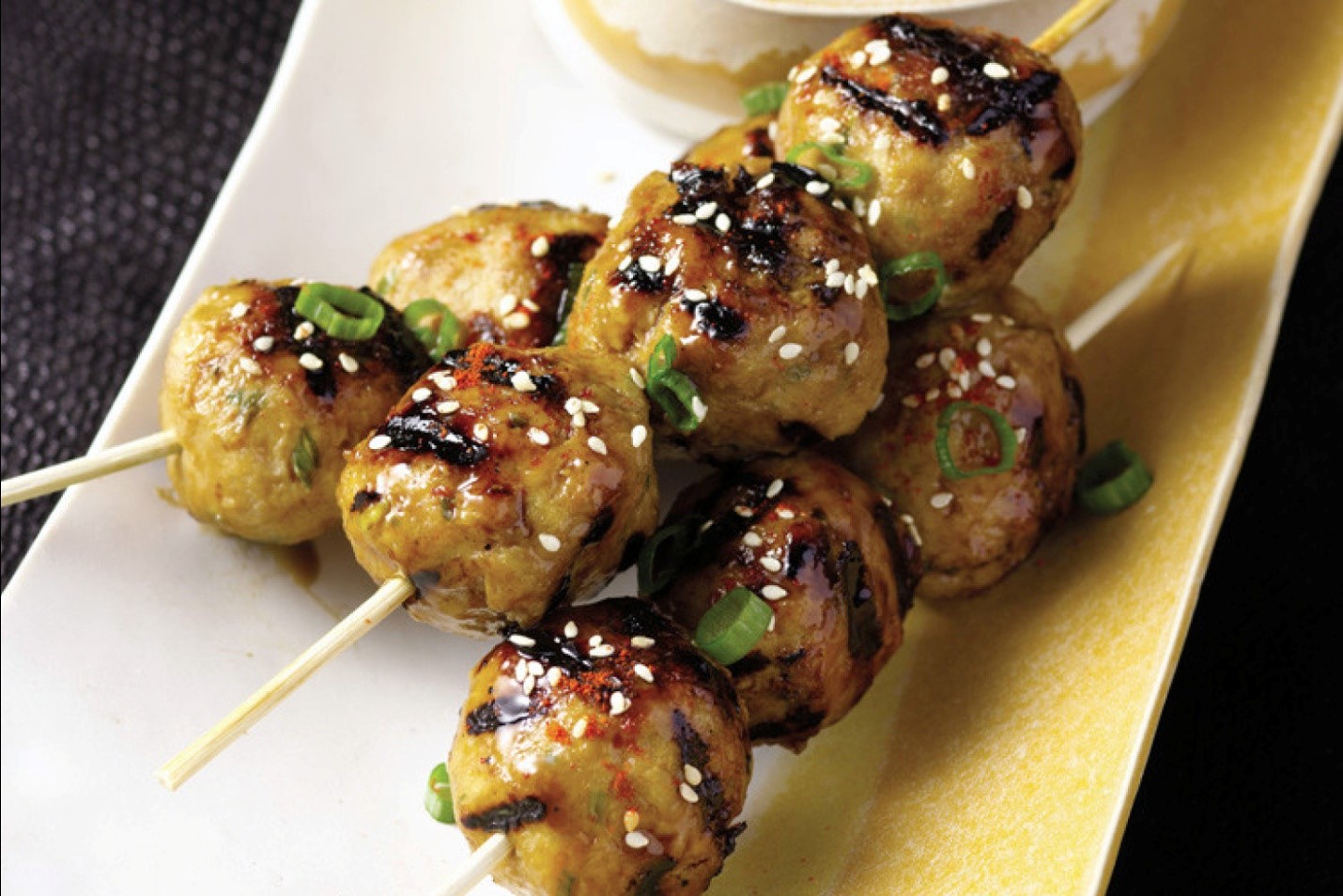I just thought of sharing my gluten free traveling experience to Japan with you all, now that I’m finally back! This experience of mine should help any celiac person wishing to travel to Japan for one reason or other.
Before I start with anything, I must say that it was an absolute fun-filled experience visiting Japan and exploring never seen before places in that country, before I found out that it was quite challenging to eat what you actually wanted to eat!
The only thing that saved me from what could have been a disastrous trip to Japan was my research on Japanese food items. My own translation card, in fact, came in handy all through my trip to the country. Not to mention the numerous food blogs I went through before I embarked on my trip!
Just to make it easier for you, I’ve attached my translation card for you, just in case you visit Japan sometime in the future or know someone who will be visiting that country shortly. If I’ve found this card pretty useful, it is can be safe to say that whoever uses it will experience the same. In any case, conversing with Japanese is not all that easy.
All I needed to say to the Japanese food server was that I had ‘soy sauce and wheat allergy’ by showing him my card. On his part, he would pinpoint the problematic ingredients on the list I provided him with. Agreed, the card is not self-sufficient in that it could not reveal that I was suffering from celiac disease. However, I realized soon enough that Japanese took medical conditions like celiac diseases quite seriously even though it was not quite prevalent in the country.
It is not just wheat and soy sauce, Japanese love their barley too! In fact, barley tea is among the favorite drinks of the locals and is available just about everywhere. If you’re a celiac, you’ll do well to stay from drinks like these and stick to plain water or green tea. The gluten free card that I carried along with me everywhere helped me a lot in going through the ingredients of various pre-packaged food products.
I easily managed by eating yakitori and sushi on most of the days during my stay in Japan. However, each time I indulged in gorging on these food items, I did make sure to have them in their salty version rather than the ones with sauce.
While it was fairly easy to find the salted version of yakitori during my stay, it was a bit tougher to find the salted version of sushi, as most of the restaurants in Japan served sushi rice that was laden with wheat in one form or other.
My approach to eating sushi and yakitori was quite simple. Each time I went to a restaurant in Japan, I would use my gluten free card to check out whether those food items contained wheat or not. Thankfully, Japanese are friendly people and would make sure that your trip to their country was a comfortable and memorable one.










